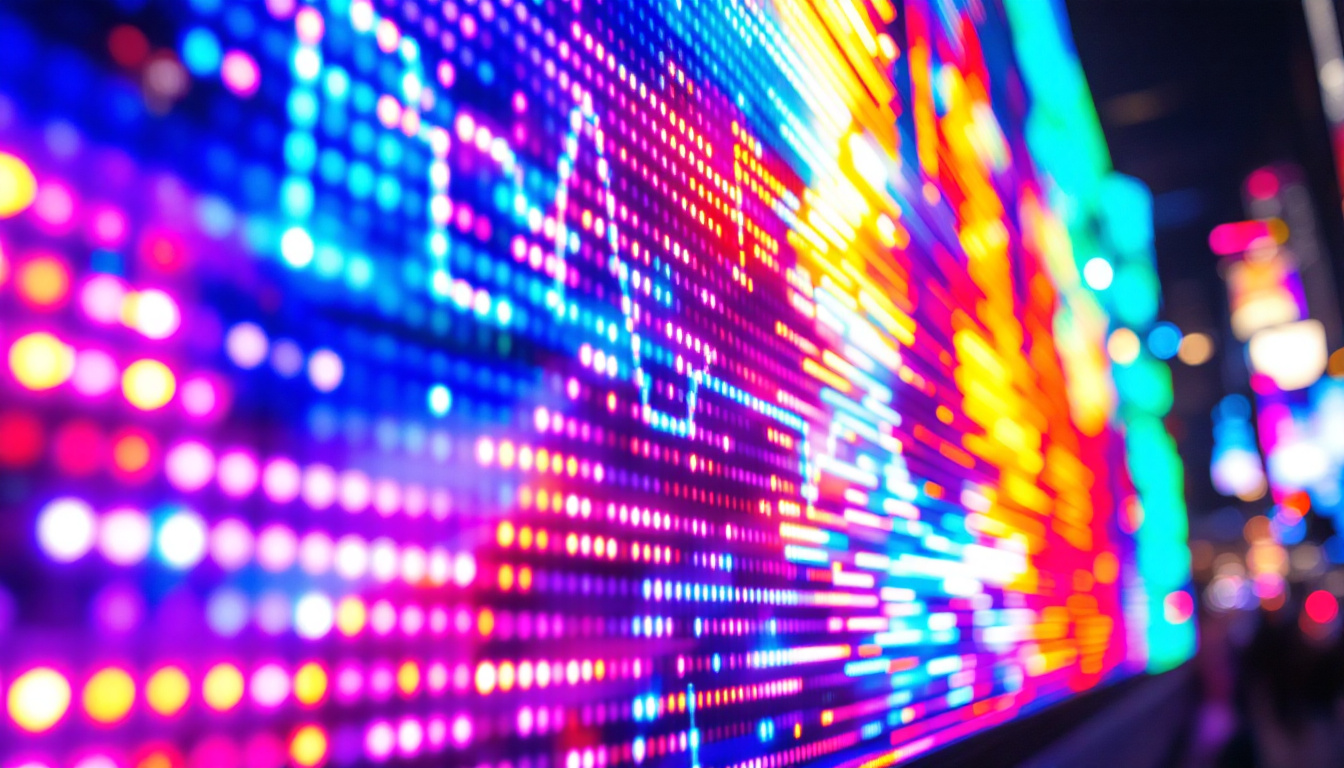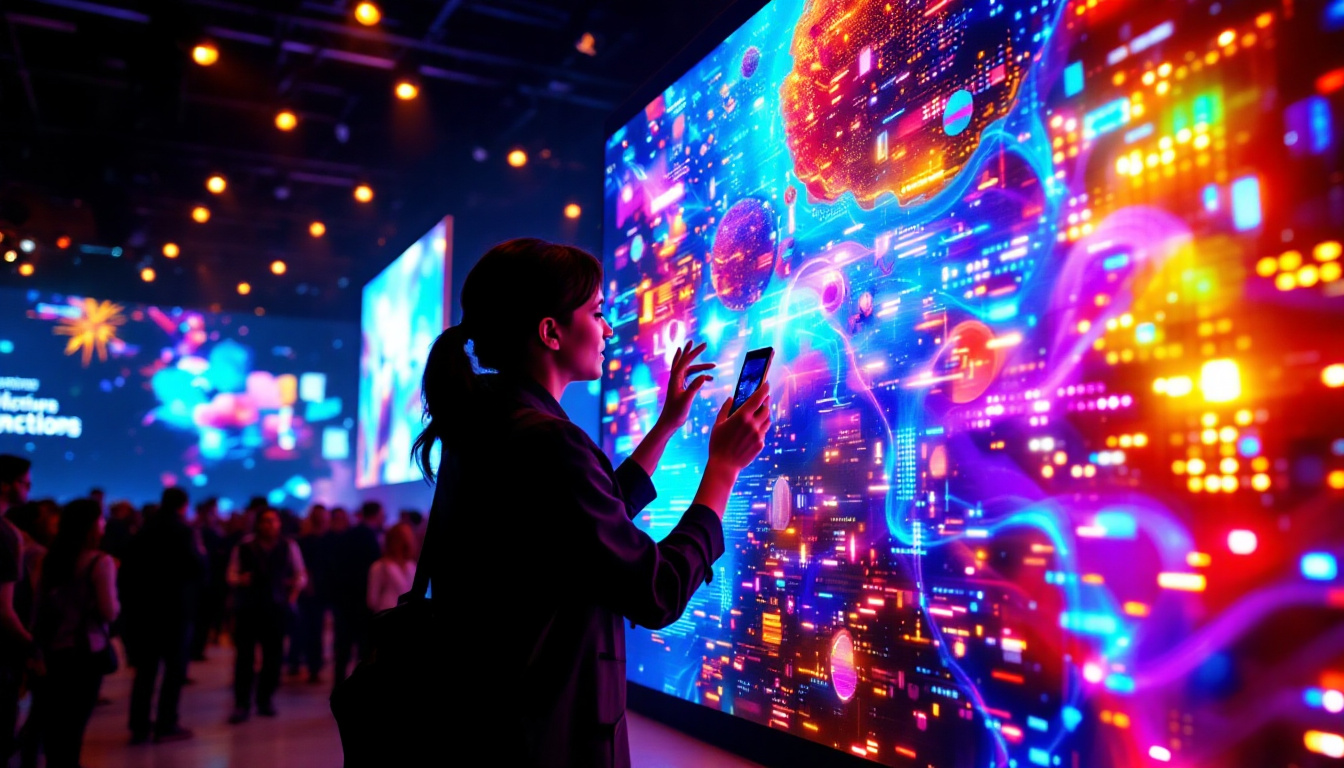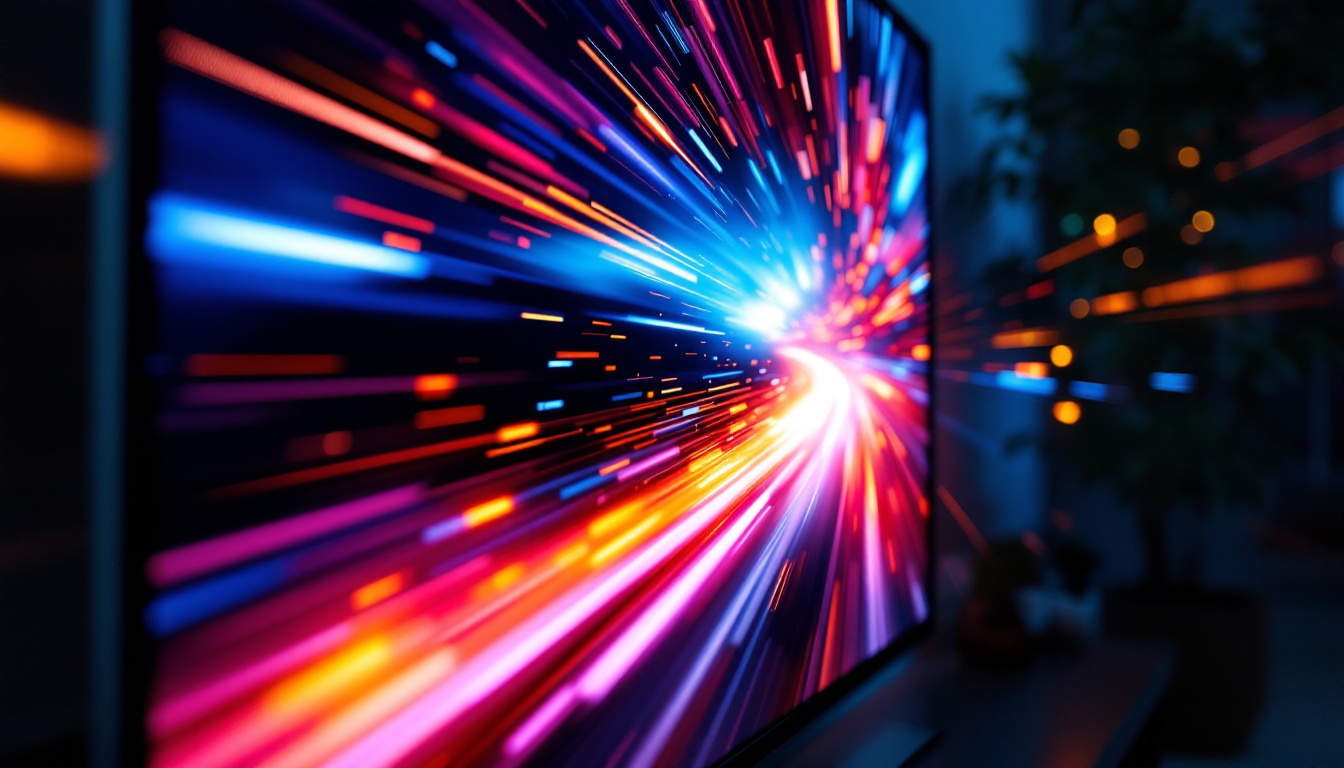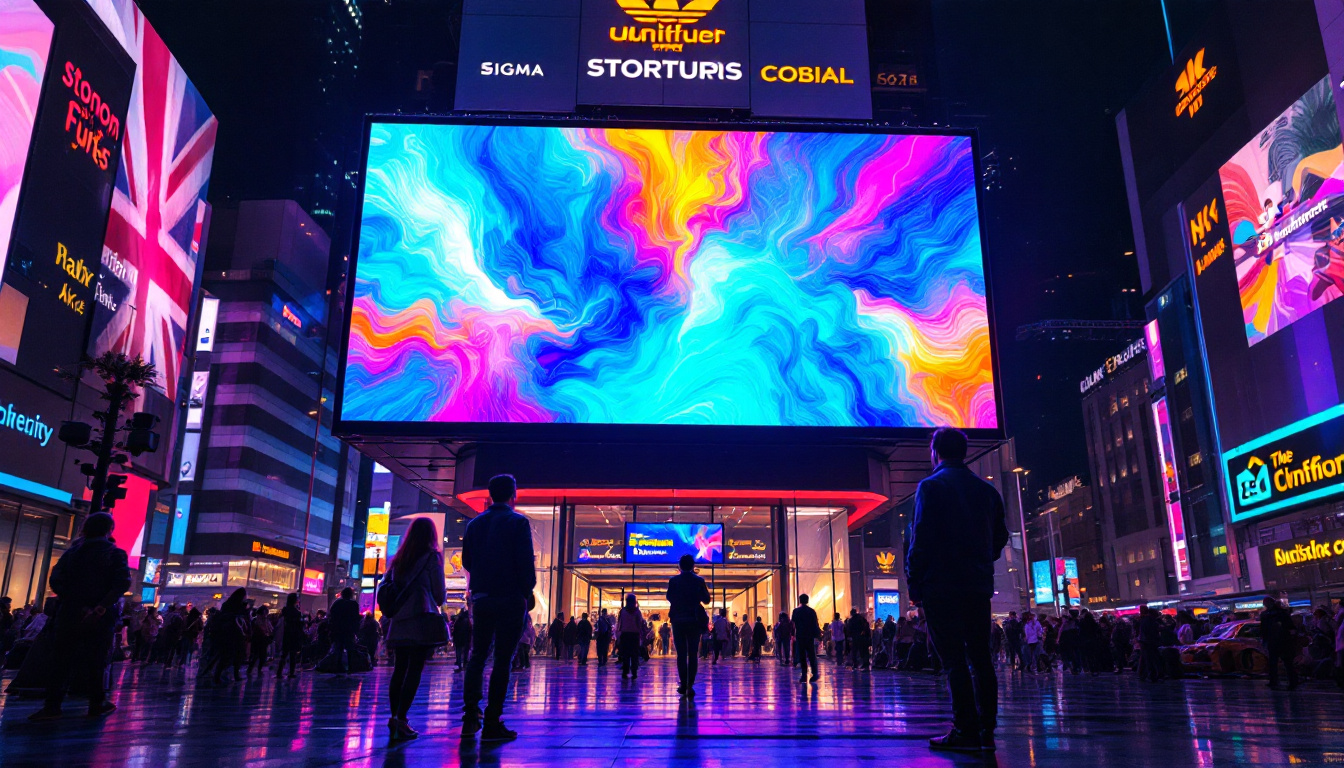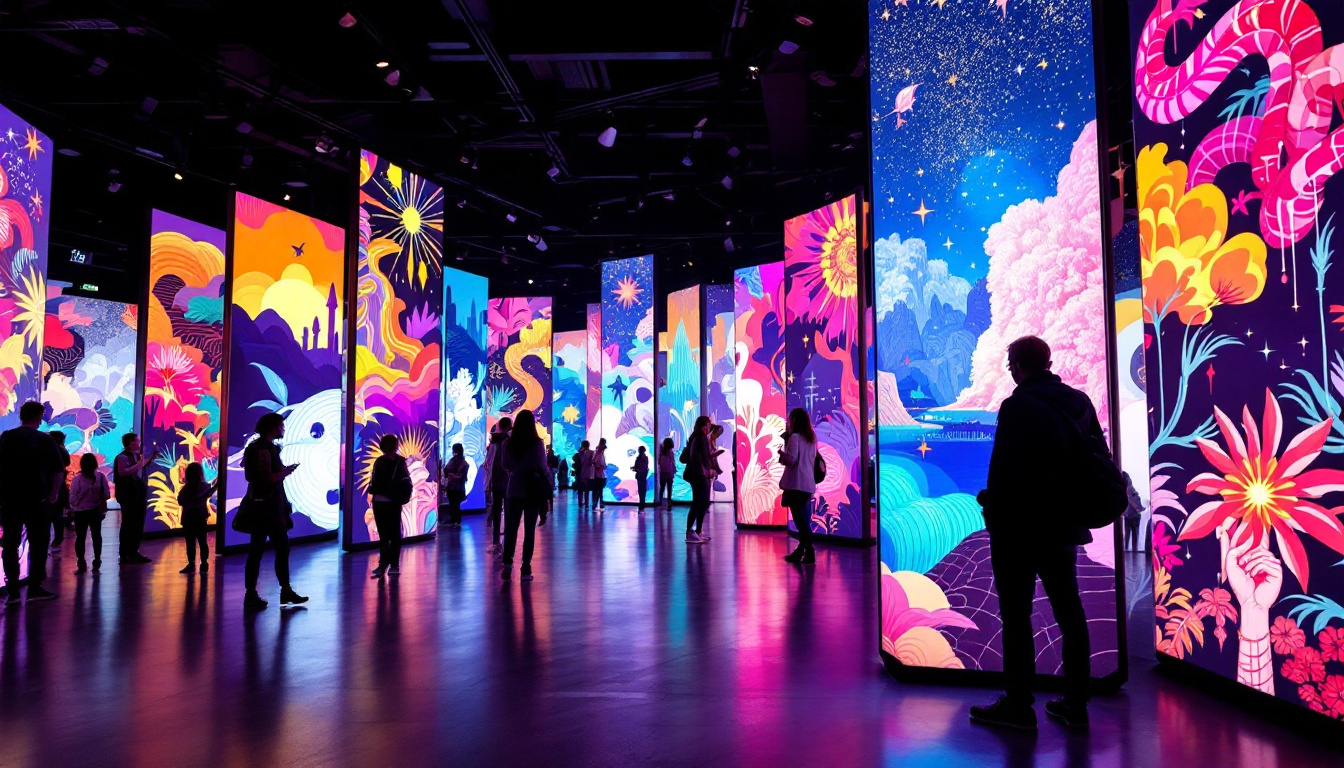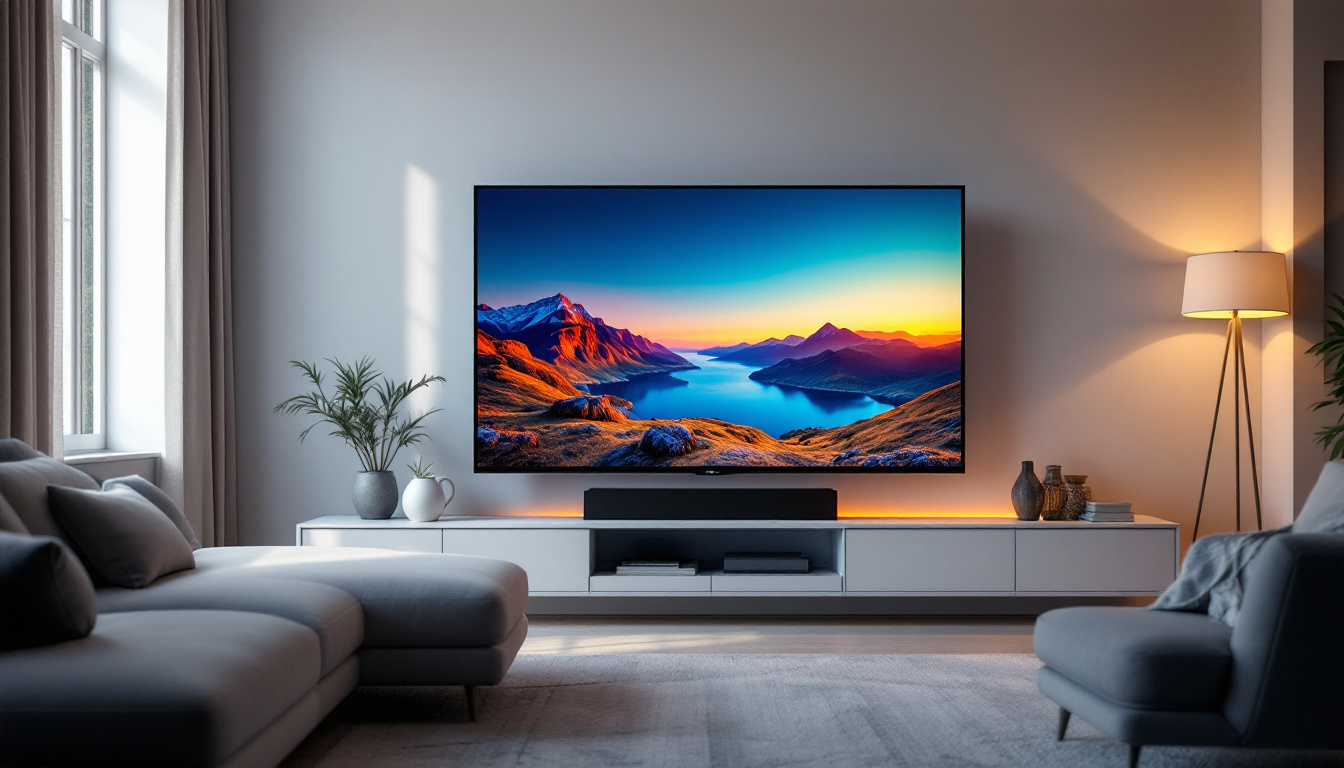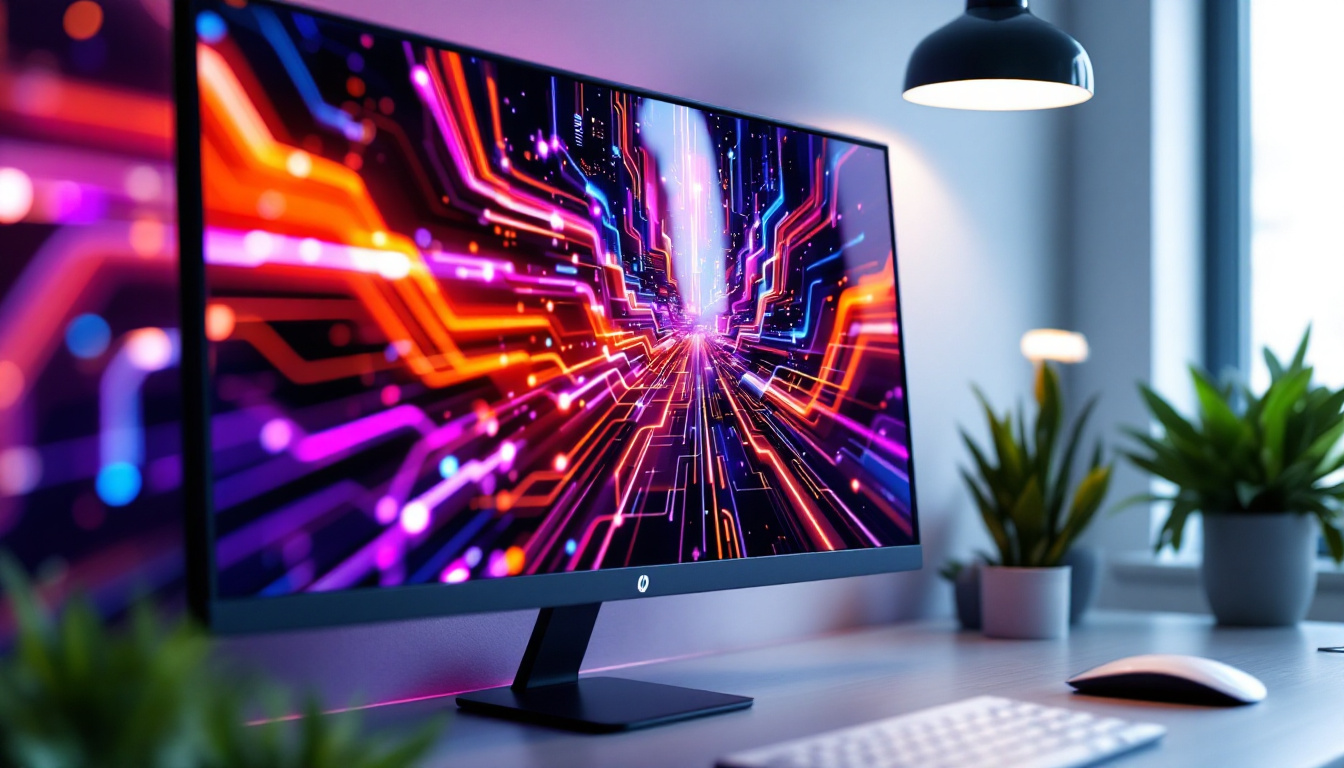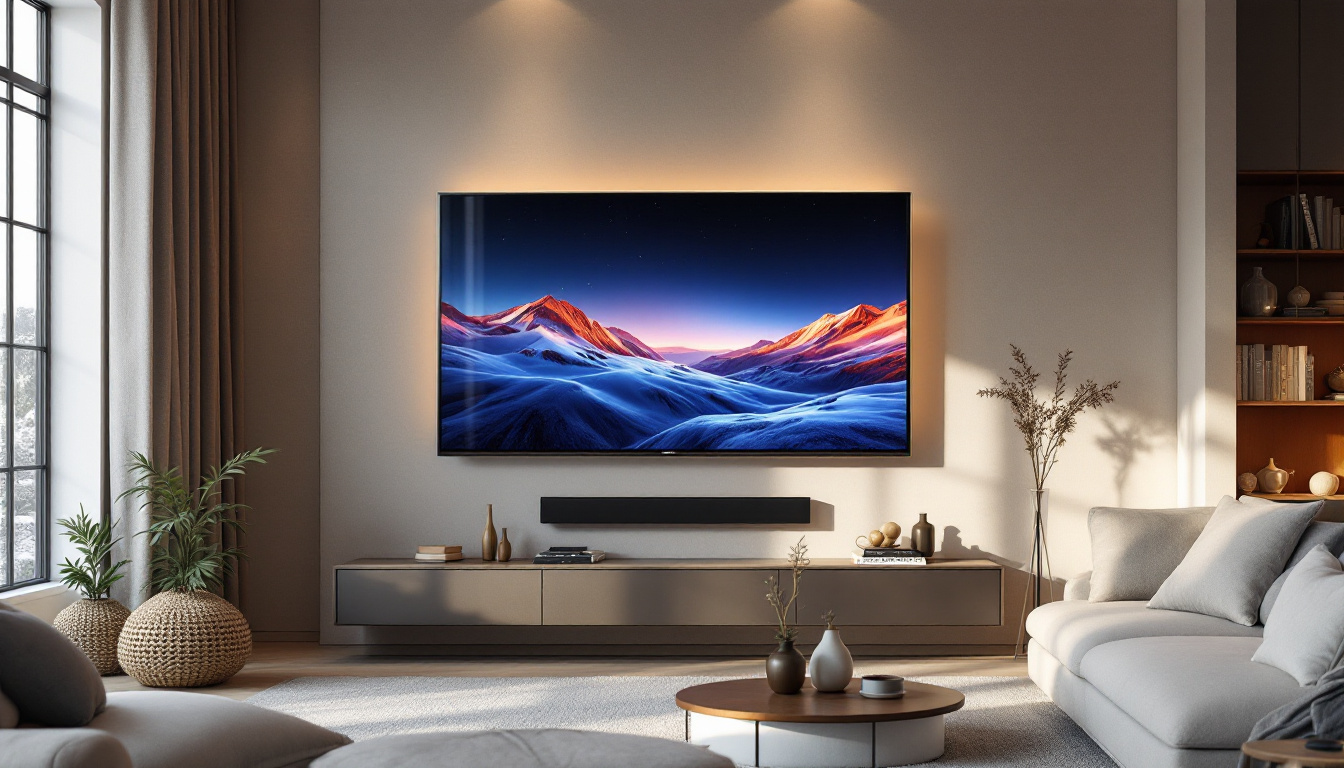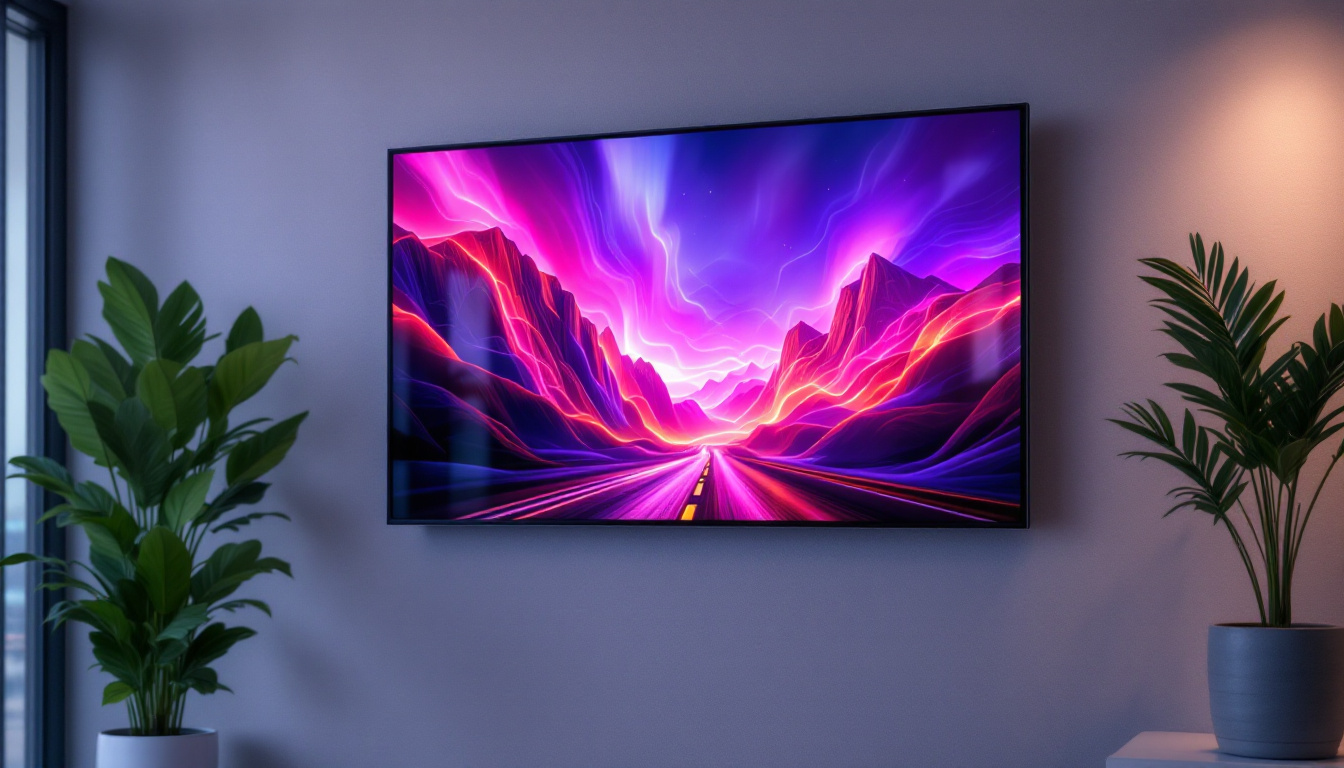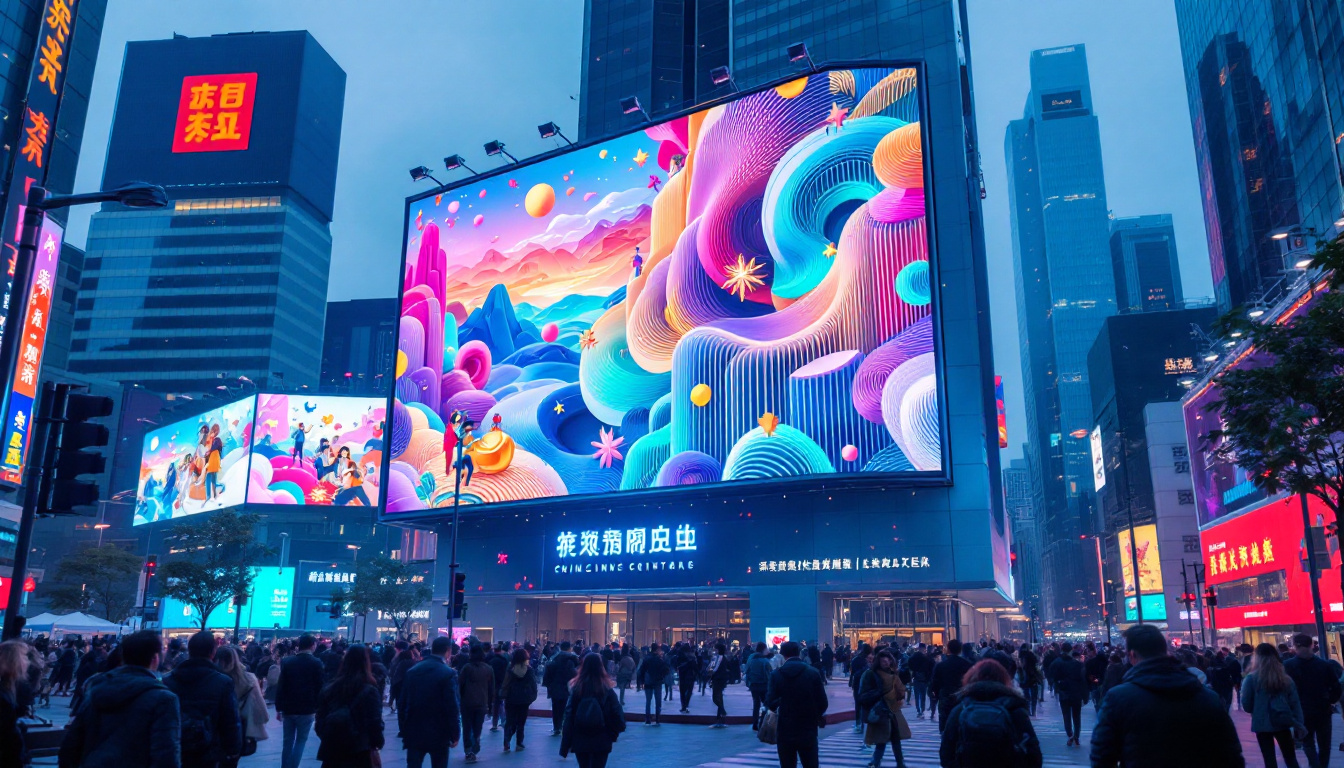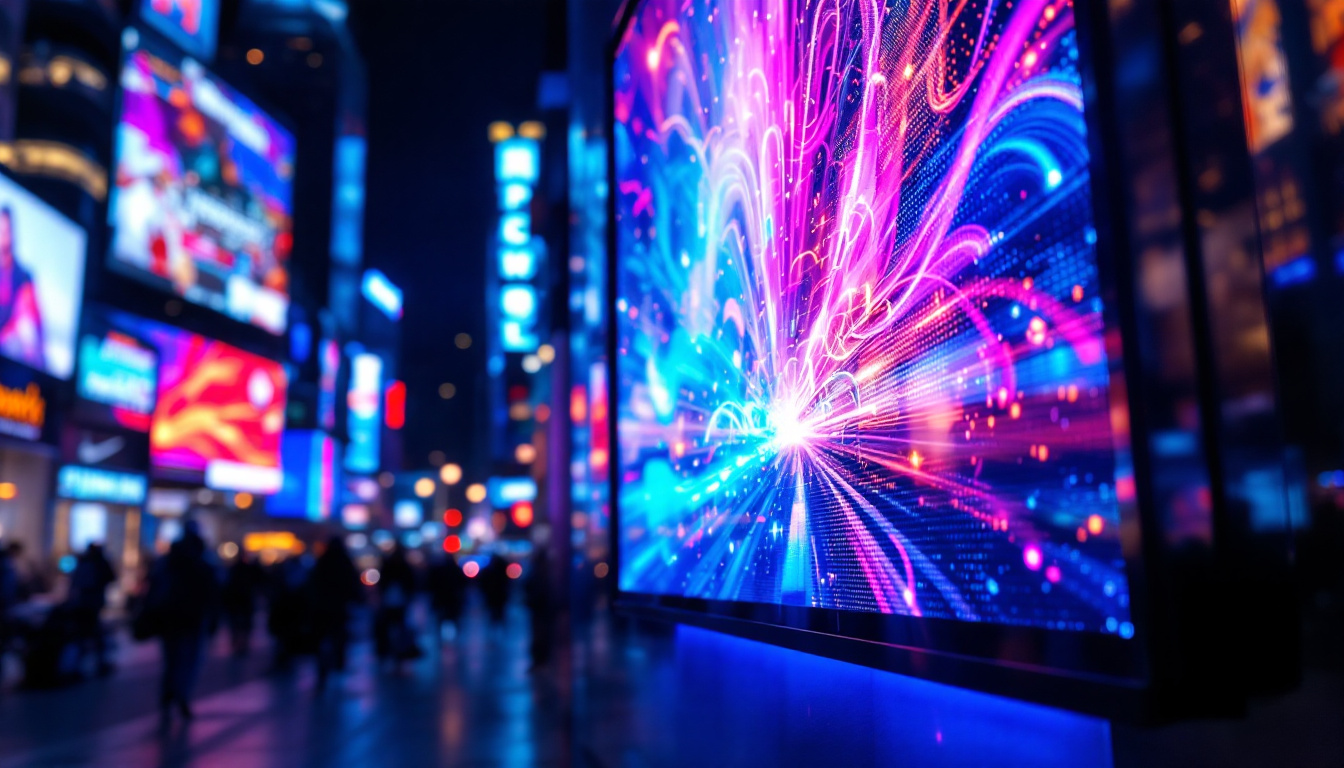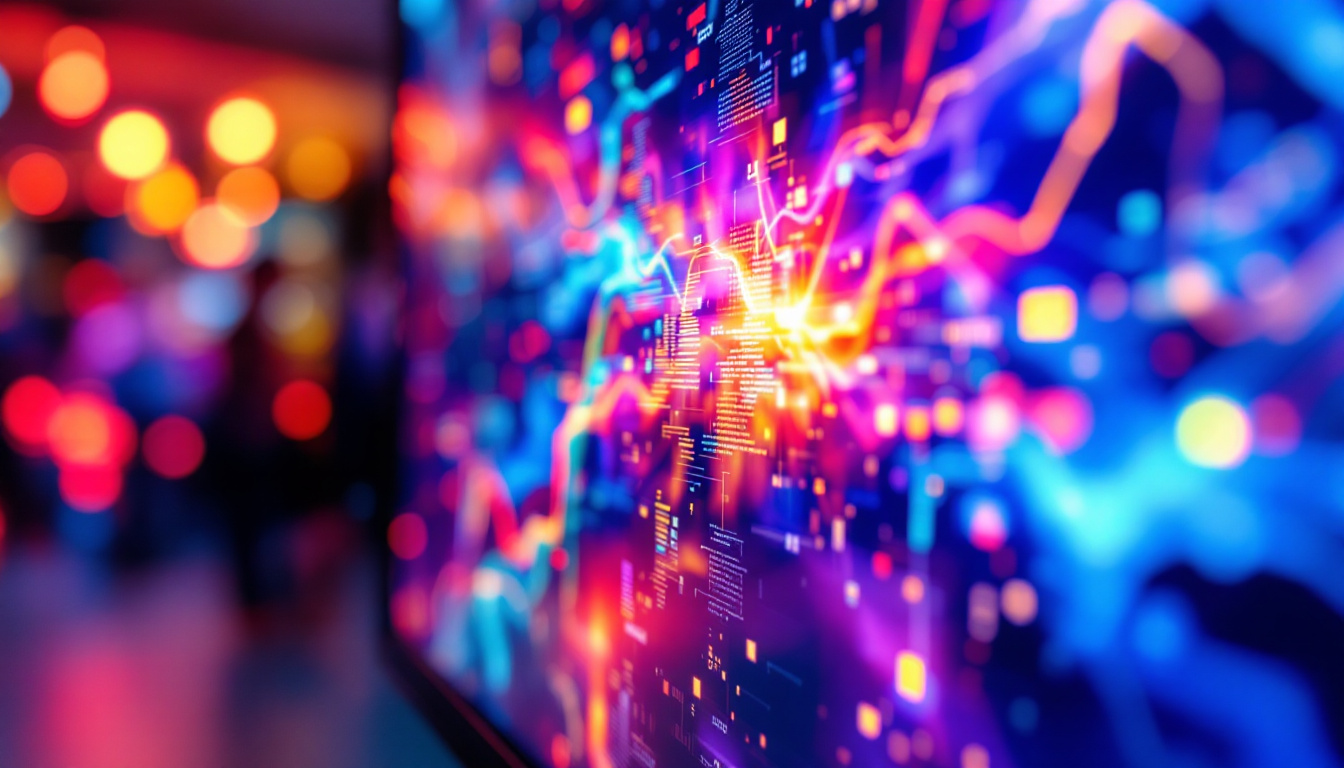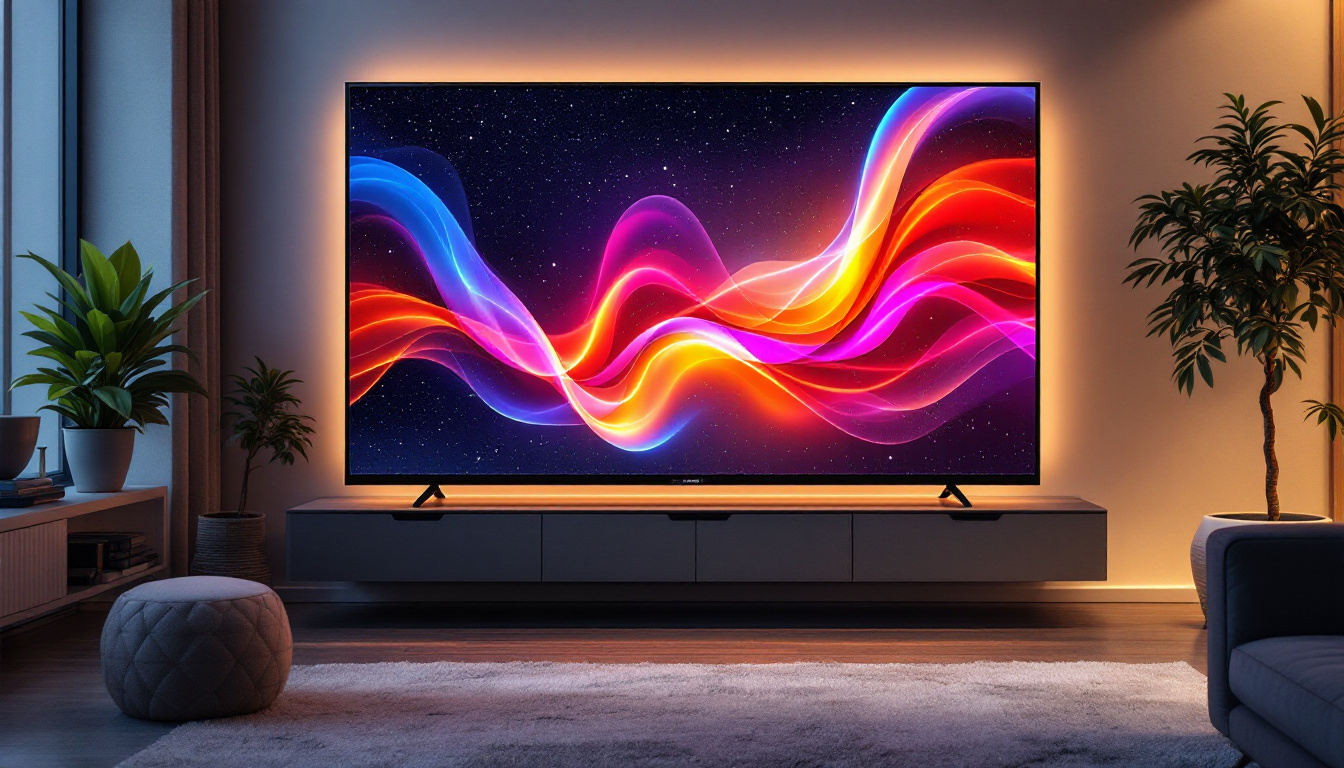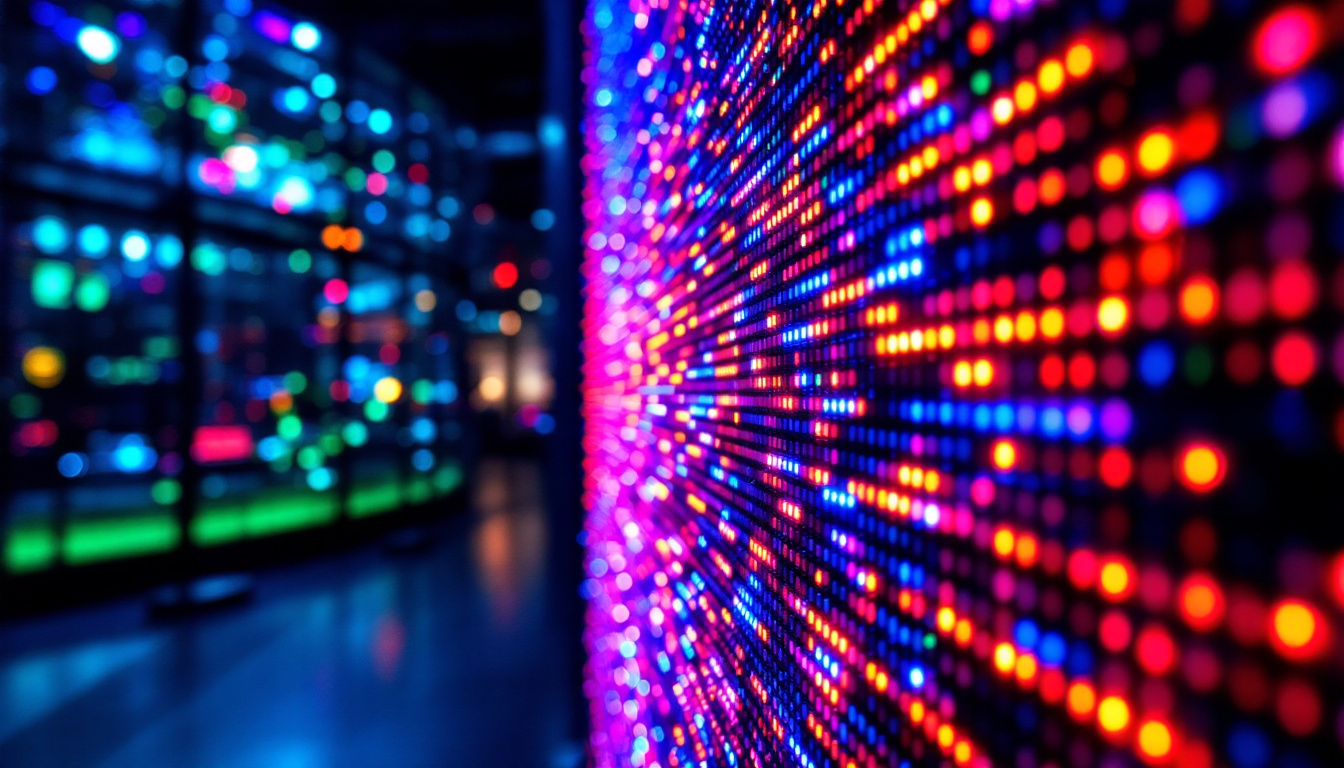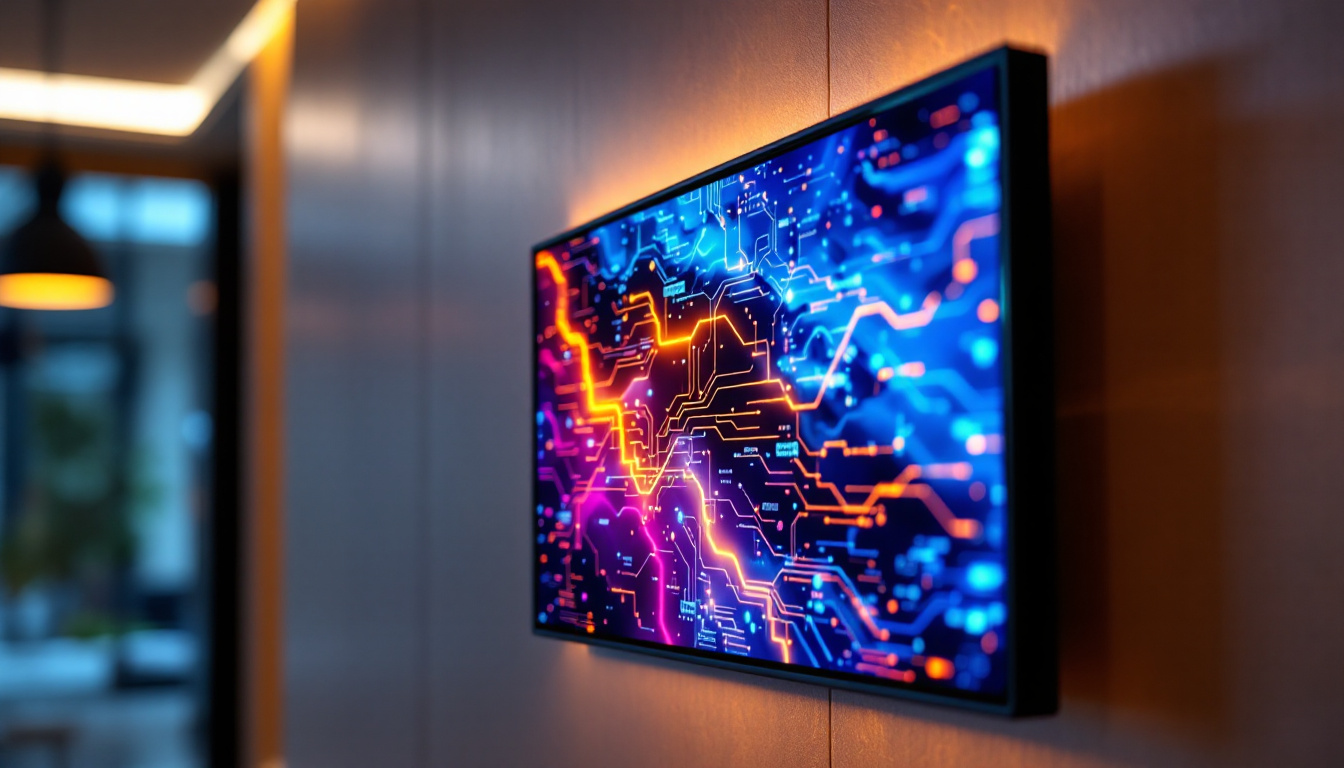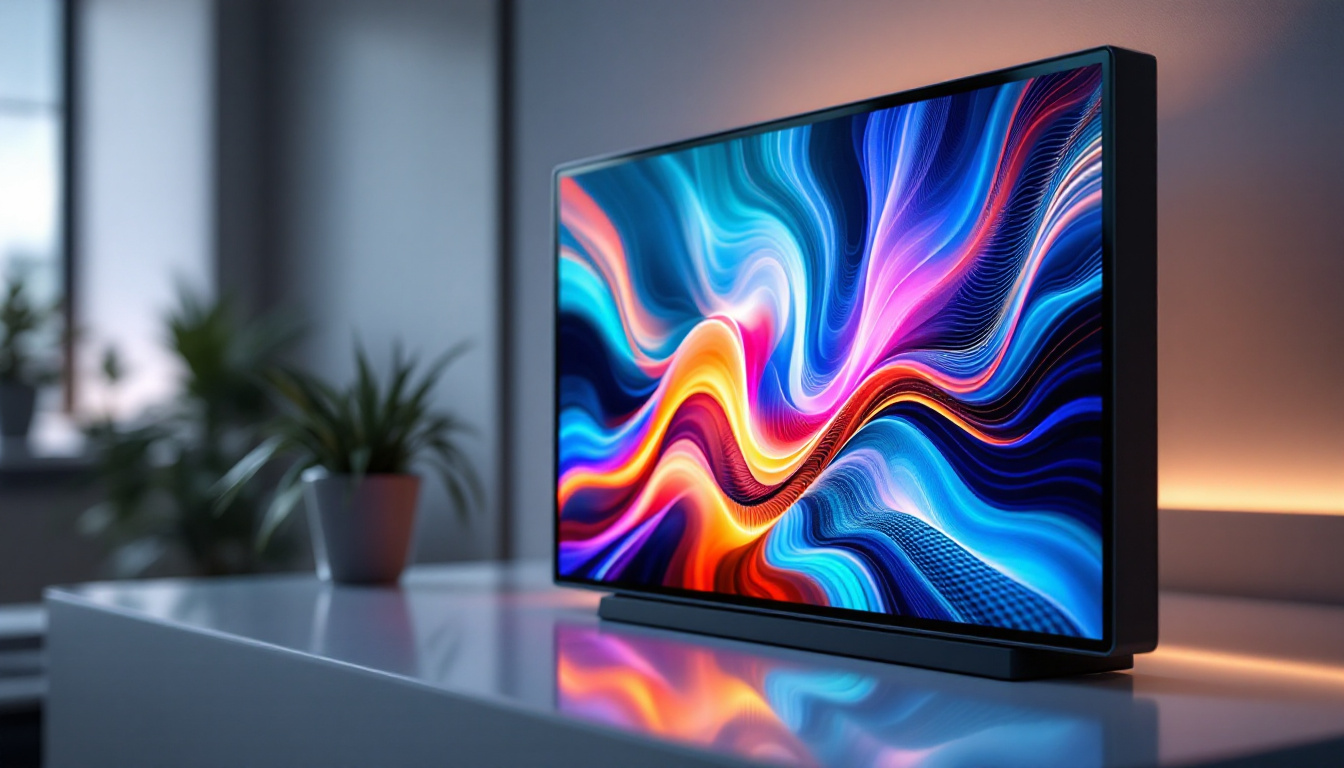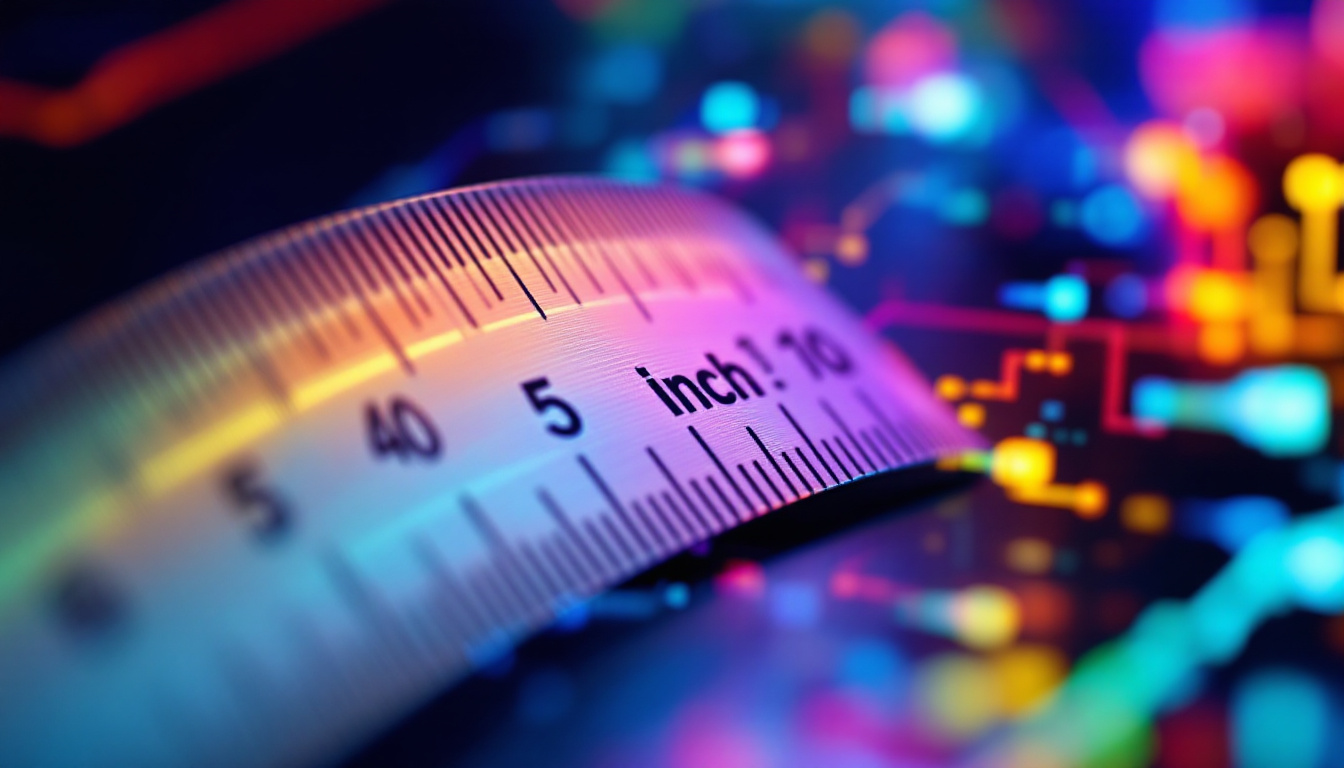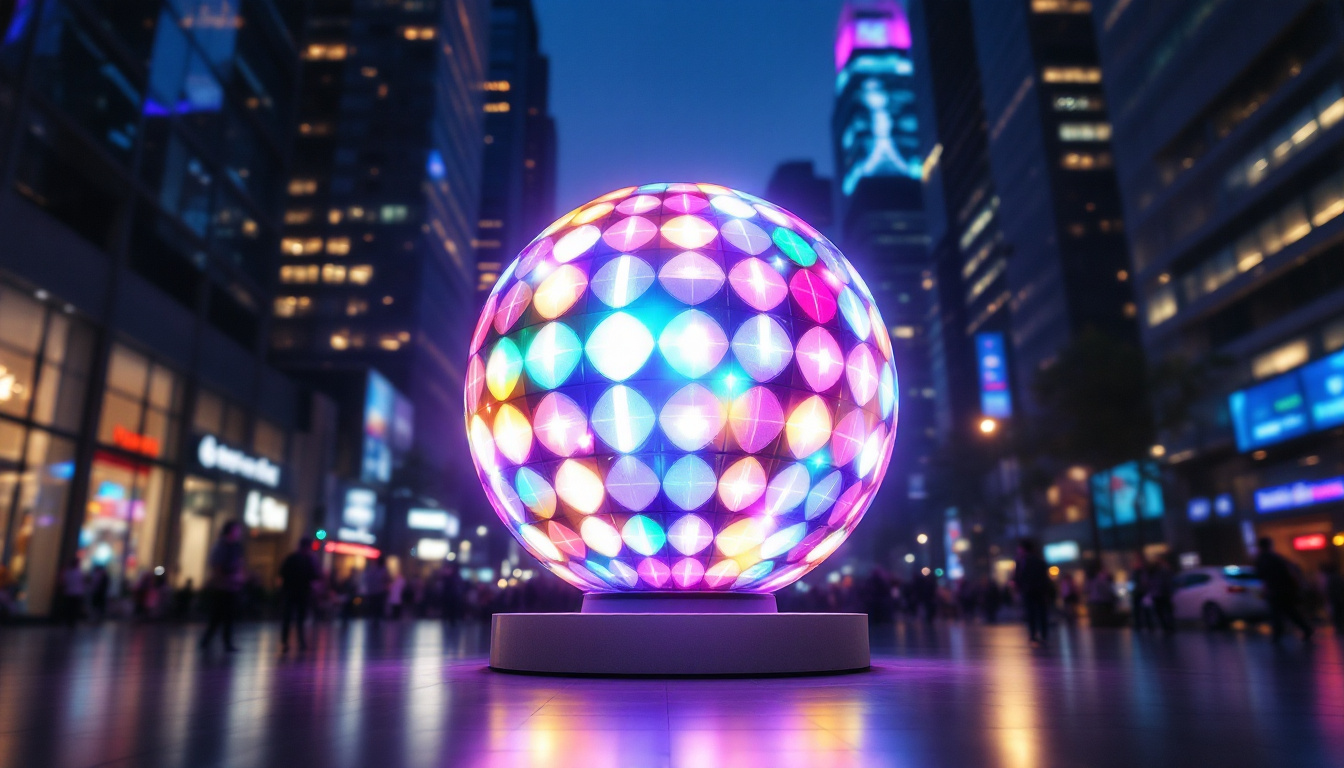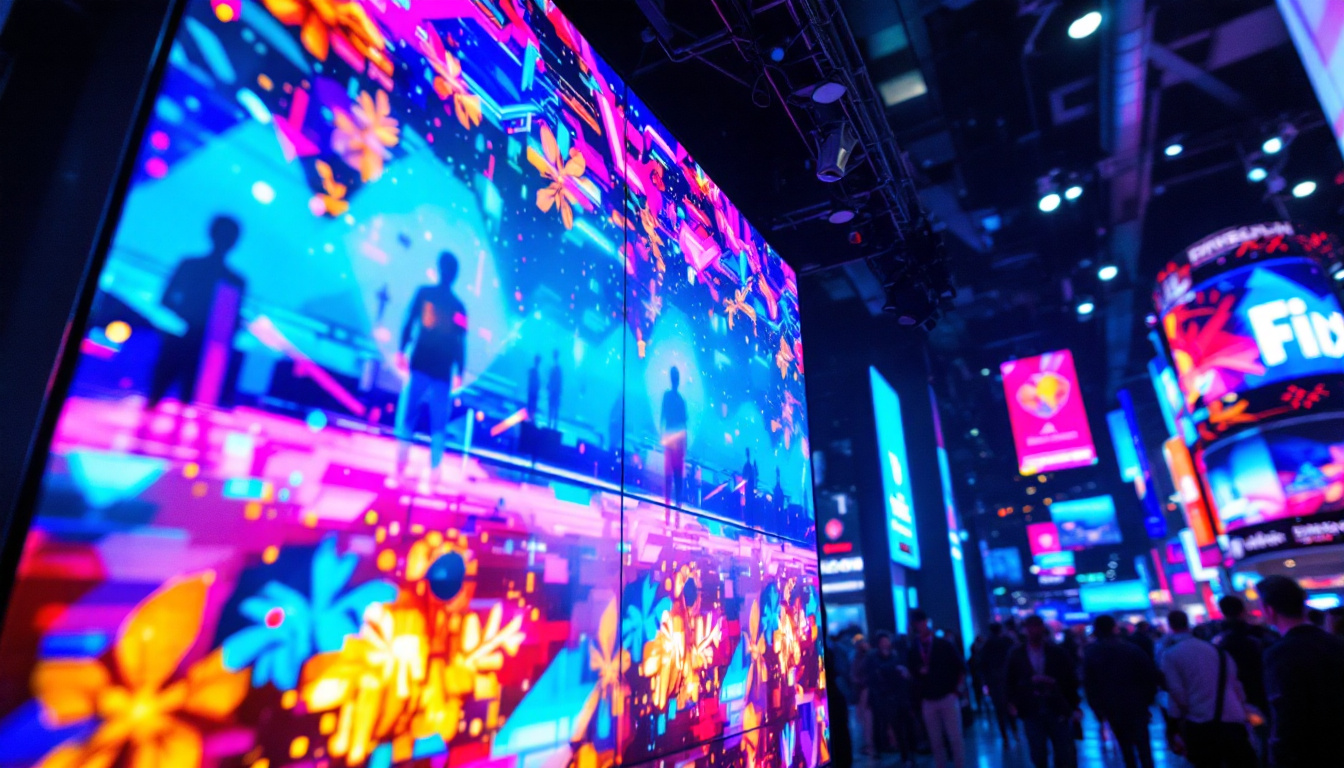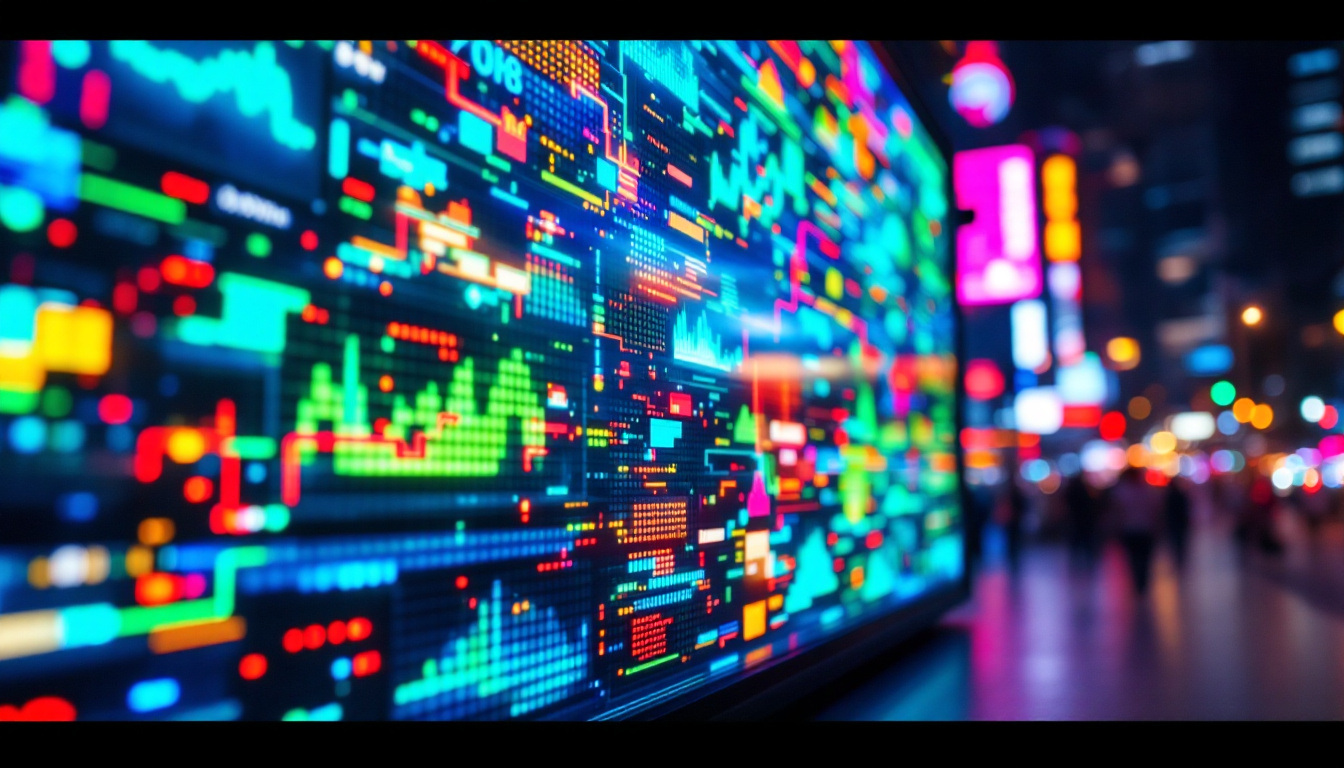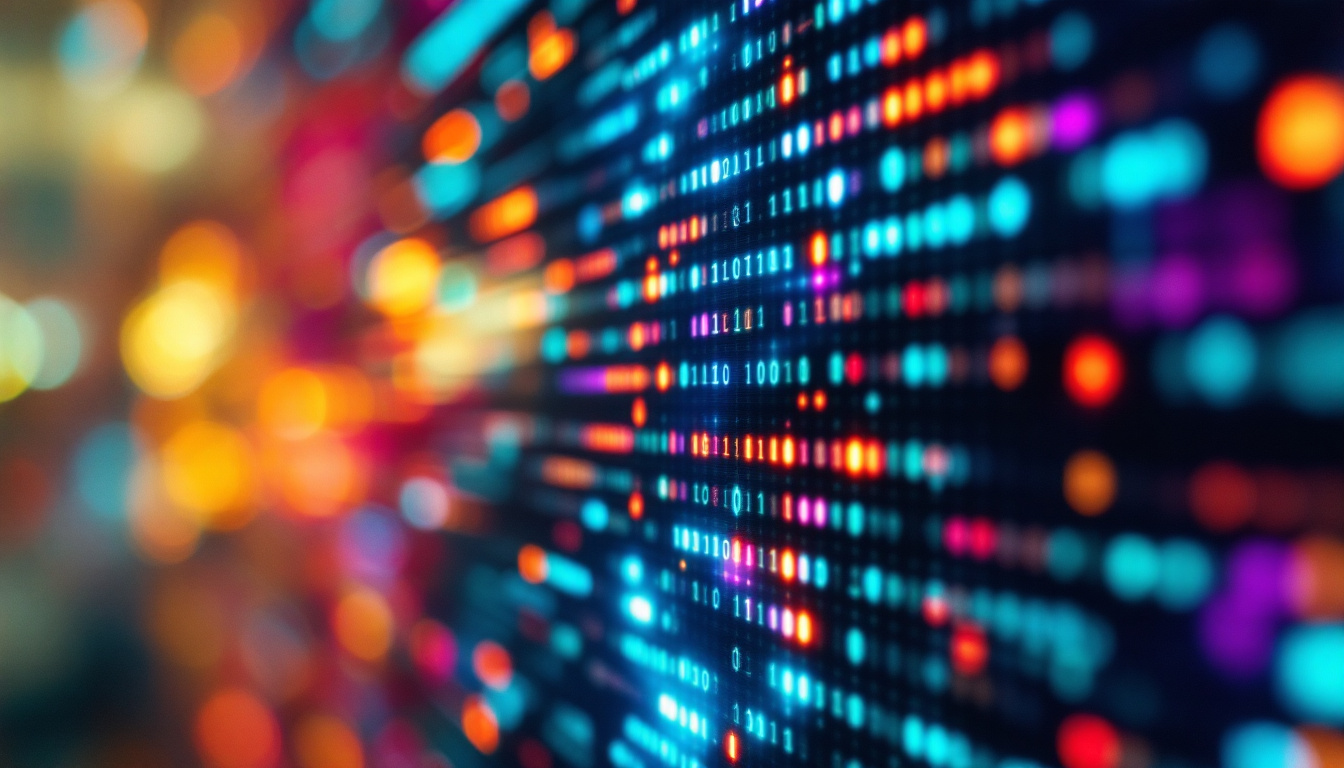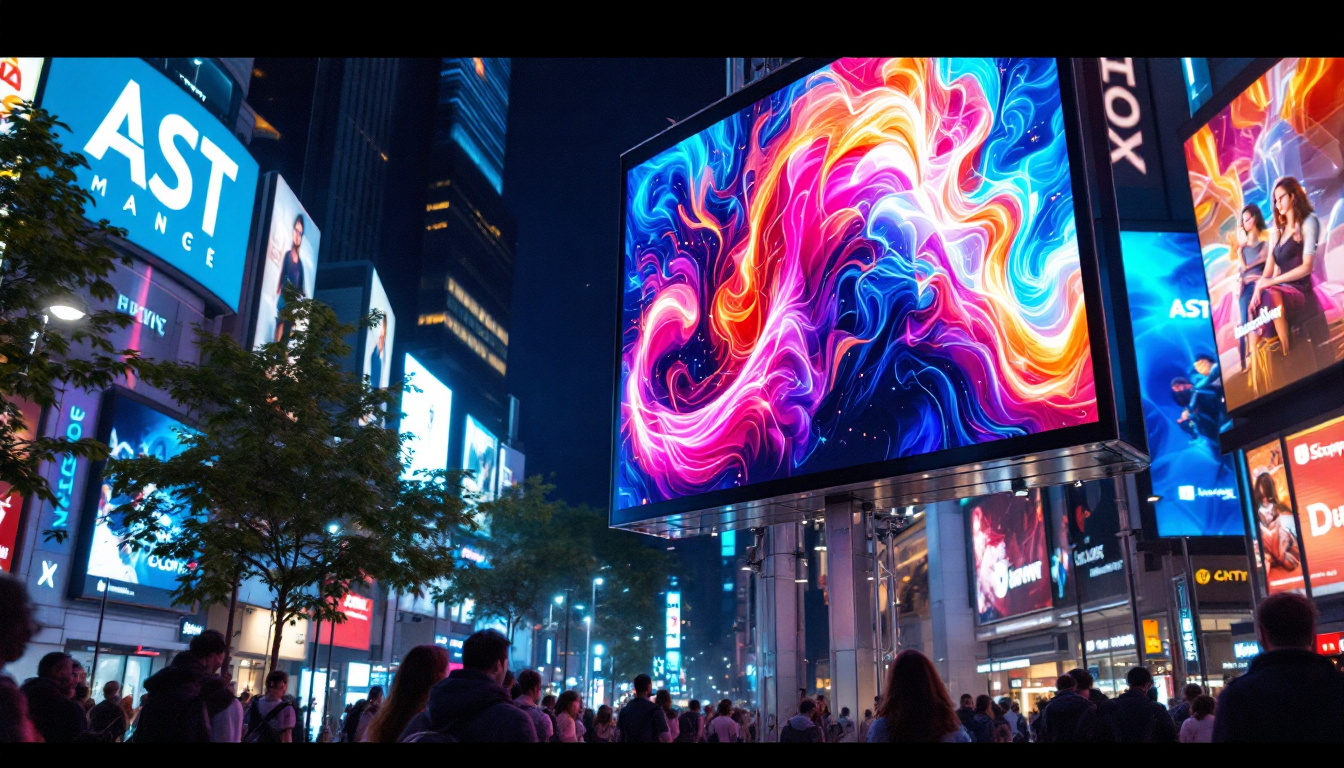In the world of modern technology, LED displays have become an integral part of our daily lives. From advertising billboards to television screens and smartphones, LED technology is ubiquitous. This article delves into the intricacies of LED displays, exploring their functionality, advantages, applications, and future trends. Understanding LED displays can help consumers make informed decisions and appreciate the technology that enhances their visual experiences.
What is an LED Display?
LED stands for Light Emitting Diode, a semiconductor device that emits light when an electric current passes through it. An LED display is a flat panel display that uses LEDs as its light source. Unlike traditional LCD screens that require a backlight, LED displays can produce bright, vibrant images with better contrast ratios and energy efficiency. This makes them particularly appealing for a variety of uses, from consumer electronics to large-scale advertising installations.
Types of LED Displays
LED displays can be categorized into several types based on their construction and application. The most common types include:
- Direct View LED (DVLED): These displays use individual LEDs arranged in a grid to create images. They are often used in large outdoor screens and digital billboards.
- LED-backlit LCD: This type combines traditional LCD technology with LED backlighting. It enhances color accuracy and brightness while maintaining the benefits of LCD.
- Organic LED (OLED): OLED displays utilize organic compounds that emit light when energized. They offer superior color reproduction and contrast, making them popular in high-end televisions and smartphones.
How LED Displays Work
LED displays operate on a simple principle: when an electric current flows through the semiconductor material of the diode, it emits light. The color of the light depends on the materials used in the diode’s construction. In a full-color LED display, red, green, and blue (RGB) LEDs are combined to produce a wide spectrum of colors. By adjusting the intensity of each color, a full-color image can be displayed.
In larger displays, such as those used for advertising, multiple LED modules are combined to form a larger screen. Each module contains a matrix of LEDs, and the modules work together to create a seamless image. This modularity allows for easy repairs and scalability, making LED displays a flexible choice for various applications. Additionally, the technology behind LED displays has evolved significantly, with advancements such as pixel pitch, which refers to the distance between the centers of two adjacent pixels. A smaller pixel pitch results in higher resolution images, making them ideal for close viewing distances, such as in shopping malls or stadiums.
Moreover, LED displays are increasingly being integrated with smart technology, allowing for dynamic content management and real-time updates. This capability is especially useful for businesses looking to engage customers with timely promotions or information. With the rise of IoT (Internet of Things), LED displays can now be controlled remotely, providing a level of convenience and efficiency that was previously unattainable. As a result, LED displays not only serve as a medium for visual communication but also play a significant role in the broader digital ecosystem, enhancing user experience and interaction in public spaces.
Advantages of LED Displays
LED displays offer numerous advantages over traditional display technologies. Their unique properties make them suitable for a wide range of applications, from commercial advertising to home entertainment.
Energy Efficiency
One of the most significant benefits of LED displays is their energy efficiency. Compared to traditional incandescent or fluorescent lighting, LEDs consume significantly less power. This efficiency not only reduces electricity bills but also contributes to environmental sustainability by lowering carbon footprints. In fact, many businesses have reported a reduction in energy costs by up to 80% after switching to LED technology, making it a financially sound choice for both small and large enterprises alike.
Brightness and Visibility
LED displays are known for their exceptional brightness. They can produce vibrant colors and sharp images, even in direct sunlight. This makes them ideal for outdoor advertising and public displays where visibility is crucial. The high contrast ratios also enhance the viewing experience, making images appear more dynamic and engaging. Furthermore, the ability to adjust brightness levels automatically based on ambient light conditions ensures optimal visibility at all times, which is particularly beneficial for digital billboards and signage that need to capture attention in varying light environments.
Longevity and Durability
LED technology is highly durable, with a lifespan that can exceed 50,000 hours. This longevity means that LED displays require less frequent replacements, reducing maintenance costs. Additionally, they are resistant to shock and vibration, making them suitable for various environments, including outdoor settings. The robust nature of LED displays also means they can withstand extreme weather conditions, such as heavy rain, snow, and intense heat, ensuring consistent performance regardless of the environment. This resilience not only enhances their appeal for commercial use but also makes them a reliable choice for public installations, such as airports and stadiums, where downtime can be costly.
Versatility in Design
Another notable advantage of LED displays is their versatility in design. They can be manufactured in various shapes and sizes, allowing for creative and customized installations that can fit any space. Whether it’s a large-scale video wall in a shopping mall or a sleek, curved display in a modern office, the adaptability of LED technology enables designers to push the boundaries of visual communication. Additionally, advancements in flexible LED technology have opened up new possibilities for displays that can be bent or shaped to fit unconventional surfaces, further enhancing the potential for innovative advertising and artistic displays.
Applications of LED Displays
The versatility of LED displays has led to their widespread adoption across various industries. Their applications range from entertainment to information dissemination.
Advertising and Marketing
One of the most prominent uses of LED displays is in advertising. Digital billboards and signage utilize LED technology to capture the attention of passersby. The ability to change content dynamically allows advertisers to tailor messages based on time, audience, or current events, maximizing engagement and effectiveness.
Entertainment and Media
In the entertainment industry, LED displays are used in concerts, theaters, and sports arenas. Large LED screens provide audiences with an immersive experience, displaying live feeds, graphics, and animations. The vibrant colors and high resolution enhance the overall spectacle, making events more memorable.
Information Display
LED displays are also commonly used for information dissemination. Airports, train stations, and public transportation systems utilize LED screens to provide real-time updates on schedules, arrivals, and departures. Their clarity and visibility ensure that critical information is communicated effectively to travelers.
Future Trends in LED Display Technology
As technology continues to evolve, so does the field of LED displays. Several trends are shaping the future of this technology, promising even more innovative applications and improvements.
MicroLED Technology
MicroLED is an emerging technology that involves using microscopic LEDs to create displays. This technology offers several advantages, including improved resolution, color accuracy, and energy efficiency. MicroLED displays can be made thinner and lighter than traditional LED displays, paving the way for new applications in consumer electronics, such as televisions and smartphones.
Flexible and Transparent Displays
Another exciting trend is the development of flexible and transparent LED displays. These displays can be bent or shaped to fit various surfaces, opening up possibilities for creative designs in architecture and advertising. Transparent displays can be integrated into windows or glass surfaces, allowing for unique advertising opportunities without obstructing views.
Smart LED Displays
With the rise of the Internet of Things (IoT), smart LED displays are becoming increasingly popular. These displays can connect to the internet, enabling real-time content updates and interactivity. For instance, advertisers can analyze viewer engagement and adjust their content accordingly. Smart displays can also integrate with other smart devices, creating a seamless user experience.
Challenges Facing LED Display Technology
Despite the numerous advantages of LED displays, several challenges remain that need to be addressed to fully realize their potential.
Cost Considerations
While the prices of LED displays have decreased over the years, they can still be more expensive than traditional display technologies, particularly for large installations. This initial investment can deter some businesses from adopting LED technology. However, the long-term savings in energy and maintenance costs often justify the upfront expense.
Color Calibration and Consistency
Achieving consistent color reproduction across large LED displays can be challenging. Variations in brightness and color between individual LEDs can lead to noticeable discrepancies in the displayed image. Manufacturers are continually working on improving calibration techniques to ensure uniformity and enhance the overall viewing experience.
Environmental Concerns
While LED displays are more energy-efficient than traditional lighting, there are environmental concerns associated with the production and disposal of LEDs. The materials used in LED manufacturing can be harmful if not handled properly. As the industry evolves, there is a growing emphasis on sustainable practices, including recycling and reducing hazardous materials in production.
Conclusion
LED displays have revolutionized the way we experience visual content, offering unparalleled brightness, energy efficiency, and versatility. Their applications span various industries, from advertising to entertainment and information dissemination. As technology continues to advance, LED displays are poised to become even more innovative, with trends like MicroLED, flexible displays, and smart technology shaping the future.
While challenges remain, the benefits of LED displays far outweigh the drawbacks. As consumers and businesses increasingly recognize the advantages of this technology, LED displays will continue to play a crucial role in our visual landscape, enhancing the way we communicate, entertain, and inform.
Discover the Future of Visual Experience with LumenMatrix
Ready to elevate your visual communication with cutting-edge LED display technology? LumenMatrix is at the forefront of innovation, offering a diverse range of LED display solutions tailored to your needs. From captivating Indoor LED Wall Displays to dynamic Outdoor LED Wall Displays, and from versatile Vehicle LED Displays to sleek LED Poster Displays, our products are designed to make your brand stand out. Experience the revolution in digital signage with our LED Sports Displays, interactive Floor LED Displays, and the stunning clarity of our Custom and All-in-One LED Display solutions. Embrace transparency with our LED Transparent Displays and see how LumenMatrix is transforming the way businesses engage and captivate their audience. Don’t miss out on the opportunity to enhance your brand visibility and create unforgettable visual experiences. Check out LumenMatrix LED Display Solutions today and join the visual revolution!

